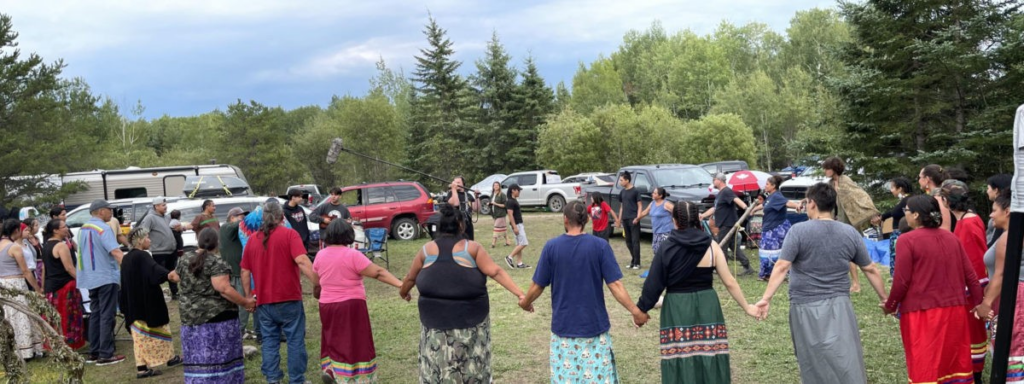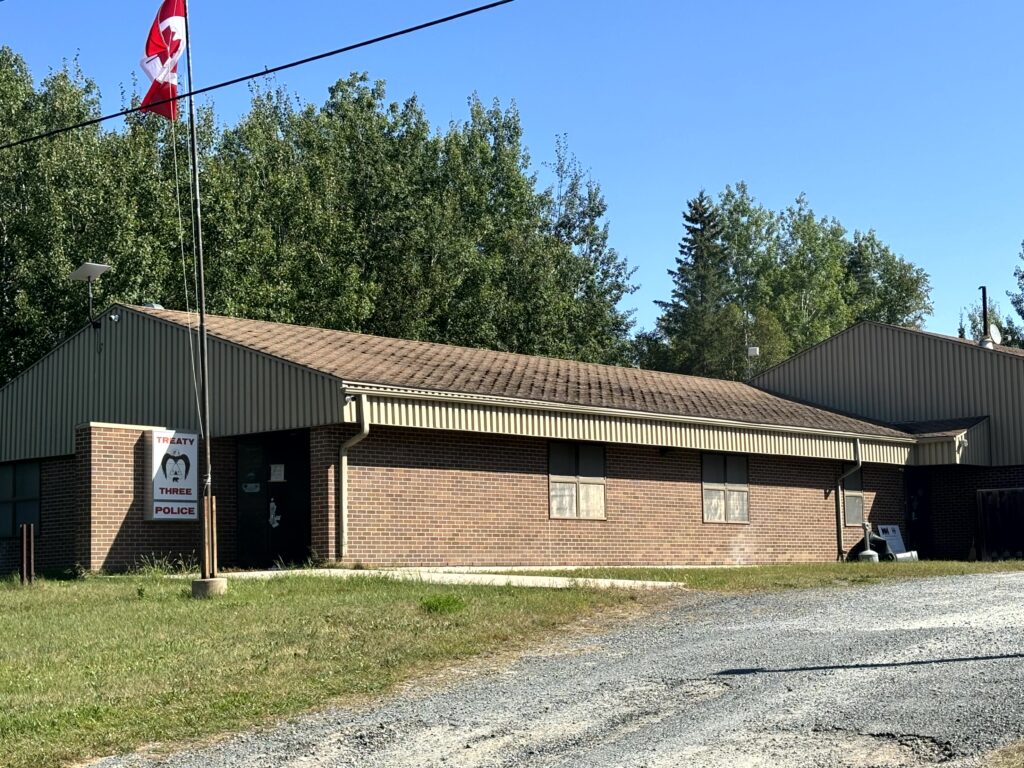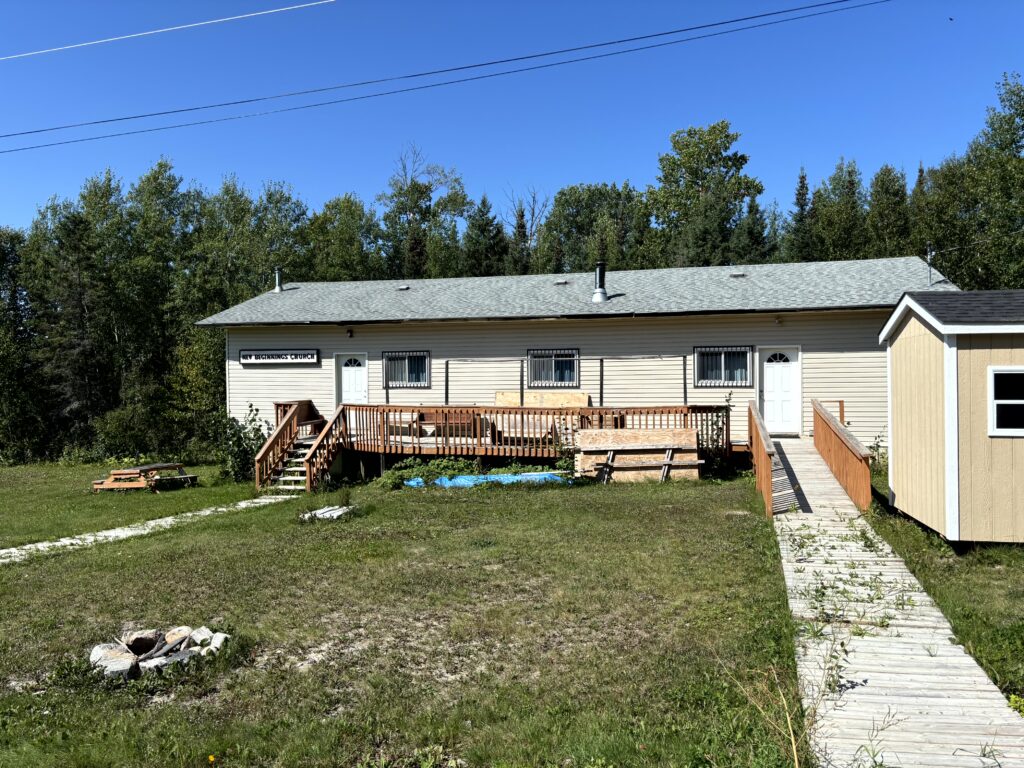A Story of Resilience, Culture, and Justice
Grassy Narrows First Nation, also known as Asubpeeschoseewagong Anishinabek, has a deep and rich history rooted in the Boreal Forest. Our people have lived on this land since time immemorial, sustaining our families, culture, and spirituality through a way of life deeply connected to the land and its gifts.


Our Ancestral Ways
- Spring: Tapping maple trees for syrup, hunting waterfowl, and preparing the land for the summer.
- Summer: Berry picking, fishing, and preserving food for the winter.
- Fall: Harvesting wild rice, hunting, and trapping for winter supplies.
- Winter: Ice fishing, rabbit hunting, and storytelling around the fire.
Treaty 3 and Early Disruption
In 1873, Grassy Narrows First Nation signed Treaty 3 with the Canadian Crown. The treaty was meant to ensure peaceful coexistence while protecting the community’s right to continue hunting, fishing, and living on the land as they always had.
However, the spirit of the agreement was soon violated. Resource extraction and settlement began without proper consent, disrupting the community’s ability to practice their traditional way of life. Logging and industrial activities led to environmental damage, threatening food sources and cultural practices.
Today, Grassy Narrows continues to assert its rights under Treaty 3, advocating for the protection of the land and the fulfillment of the treaty’s original promises.


Colonial Impact and Forced Assimilation
Throughout the 20th century, colonial policies deeply impacted the people of Grassy Narrows:
- Residential Schools: Many children were taken from their families and sent to church-run residential schools where they faced abuse, cultural erasure, and disconnection from their language and identity.
- The Sixties Scoop: Indigenous children were removed from their families and placed in non-Indigenous homes, further breaking family connections.
- Relocation: In the 1960s, the community was forced to relocate from traditional territories to the current reserve, resulting in the loss of vital land-based practices.
These policies led to intergenerational trauma and the loss of language, cultural teachings, and self-sufficiency.
The Mercury Crisis
In the 1960s, industrial mercury pollution from the Dryden Paper Mill contaminated the English-Wabigoon River, devastating Grassy Narrows’ health, economy, and culture. The contamination made fish toxic, cutting off a key food source and livelihood.
The health impacts have been long-term, with many suffering from chronic pain and neurological issues linked to mercury exposure. Despite the harm caused, proper cleanup and health supports have been delayed for decades. Grassy Narrows continues to seek justice, environmental restoration, and long-term health care for those affected.


Our Legacy of Resistance and Resilience
Grassy Narrows has become a powerful symbol of Indigenous resistance and environmental justice, standing up against decades of colonial harm.
The 2002 Logging Blockade remains one of the longest-running Indigenous land defense movements in Canadian history, successfully halting destructive logging practices and protecting the Boreal Forest. Grassy Narrows has also been a national leader in advocating for mercury justice, demanding accountability and long-term health solutions for those impacted by mercury poisoning.
These efforts have inspired Indigenous movements across Canada and continue to be a model of strength, advocacy, and cultural pride.
Our Vision for the Future
Grassy Narrows First Nation remains committed to protecting the land, preserving cultural teachings, and ensuring a healthy future for the next generations.
Moving forward, the community prioritizes:
- Cultural Revitalization: Teaching Ojibway language, ceremonies, and traditional skills.
- Land Protection: Preventing harmful resource extraction.
- Health and Healing: Expanding mental health services and holistic healing programs.
- Sovereignty: Upholding the principles of Treaty 3 and asserting self-governance.
Guided by the wisdom of our Elders, the strength of our youth, and the resilience of our people, Grassy Narrows continues to thrive while honoring our history and protecting our future.


Grassy Narrows First Nation Band Office is committed to the well-being of our community through holistic and culturally rooted services. Together, we celebrate our heritage, protect our lands, and support every member to thrive.
